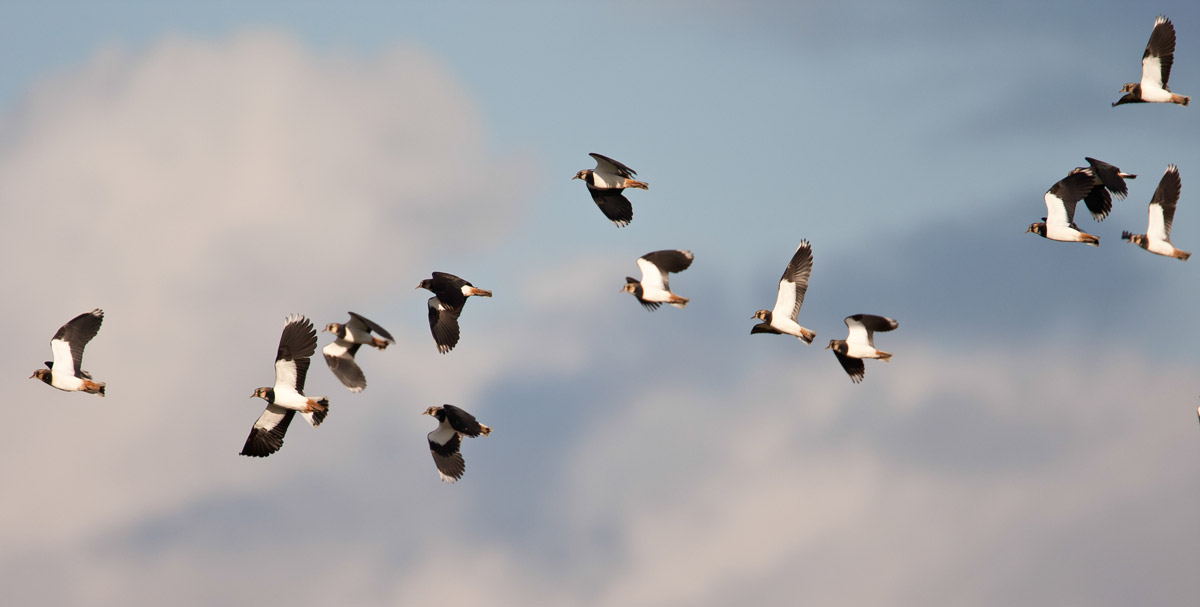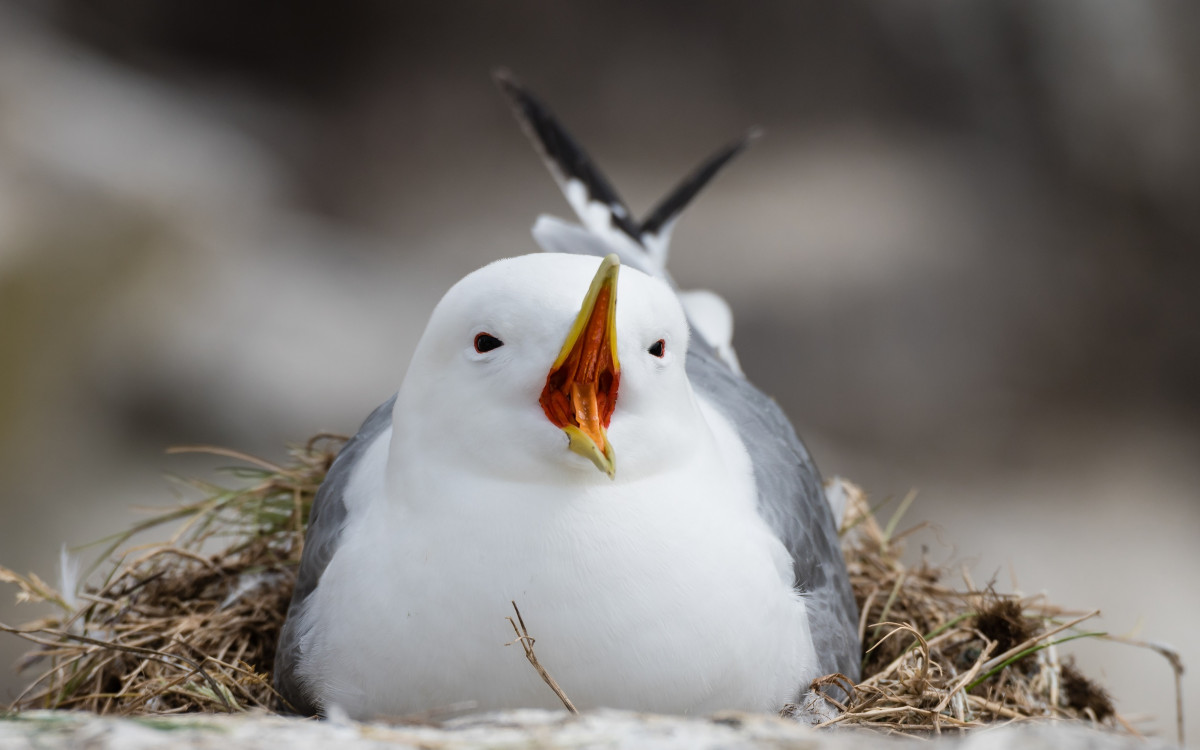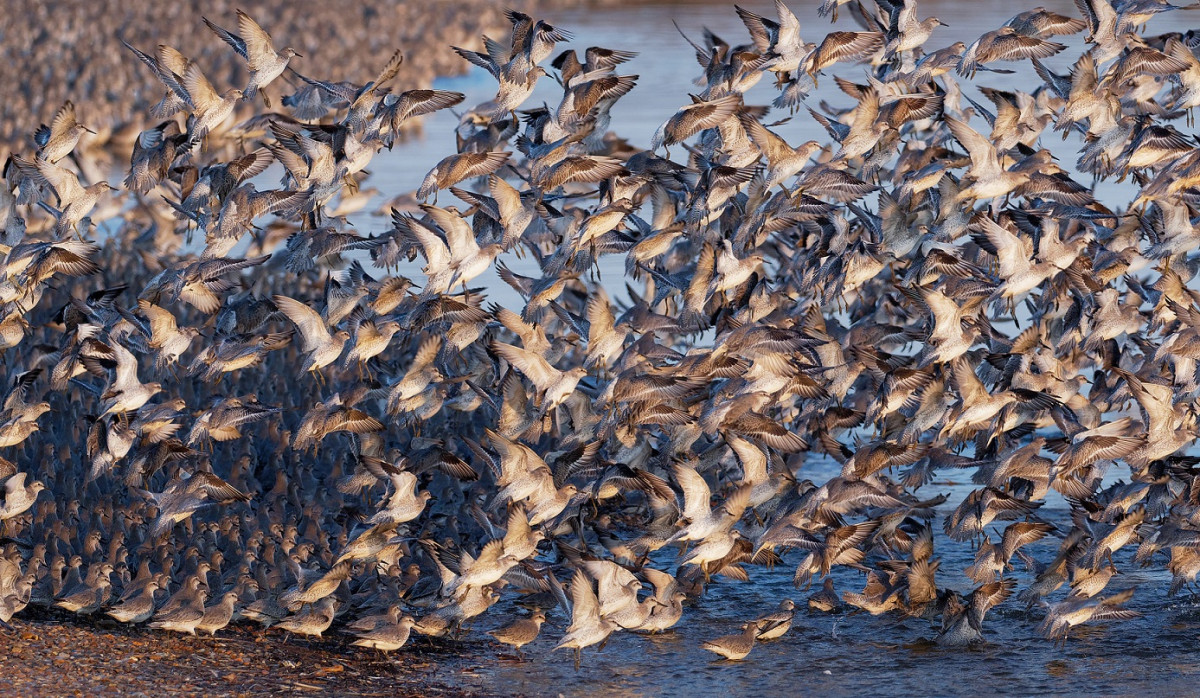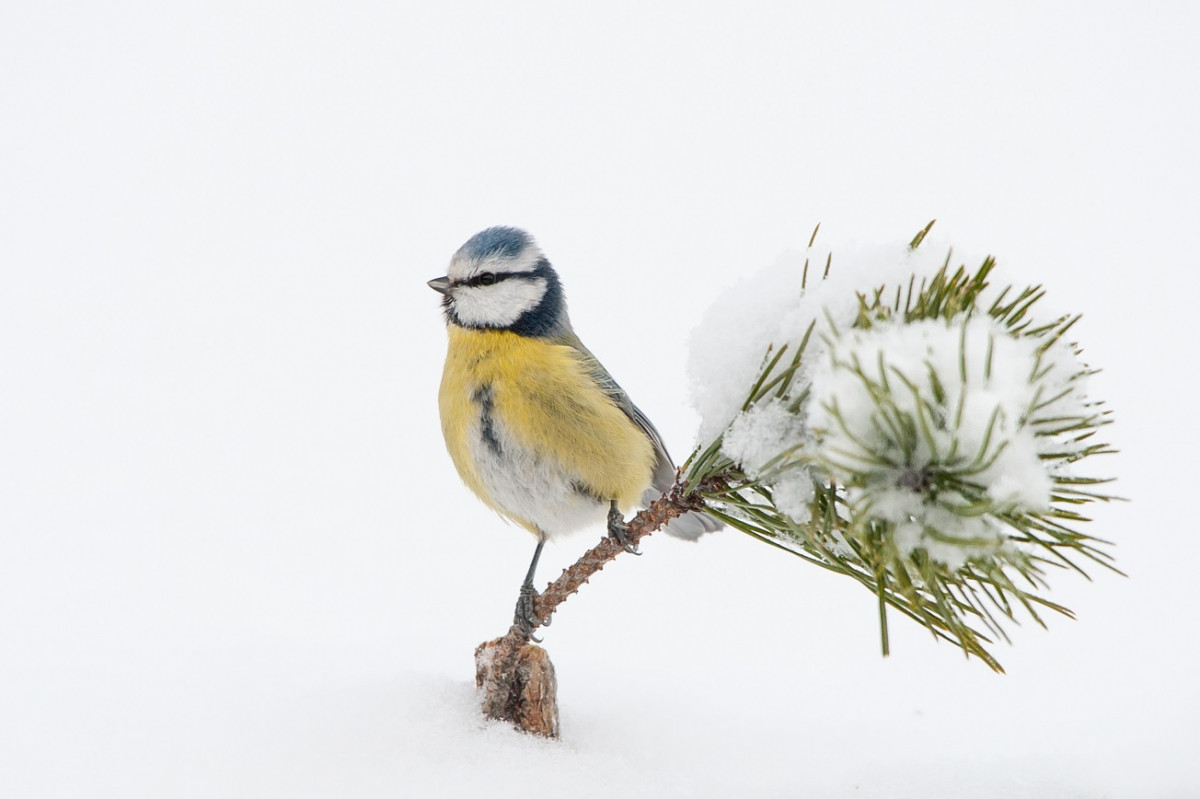BTO create and publish a variety of important articles, papers, journals and other publications, independently and with our partners, for organisations, government and the private sector. Some of our publications (books, guides and atlases) are also available to buy in our online shop.
Annual report of the Seabird Monitoring Programme
Seabird Population Trends and Causes of Change: 1986–2023
This report presents the latest seabird population trends in breeding abundance and productivity using data from the Seabird Monitoring Programme (SMP).
The report documents changes in the abundance and productivity of breeding seabird species in Britain and Ireland from 1986 to 2023, and provides a detailed account of the 2021, 2022 and 2023 breeding seasons.

Search settings
Benefits of protected area networks for breeding bird populations and communities
Author: Sanderson, F.J., Wilson, J.D., Franks, S.E. & Buchanan, G.M.
Published: 2022
The European Union’s Natura 2000 network is the largest continent-wide effort to conserve biodiversity through a protected area network. The Natura 2000 sites are designated across the EU under either the Birds Directive or the Habitats Directive, based on objective assessment of a site’s importance for species (Special Protection Areas – SPAs) or habitats (Special Areas of Conservation Concern – SACs). Following the UK’s departure from the European Union, these sites are now covered under domestic legislation. They enable the UK to meet its international obligations for biodiversity conservation through protected area coverage. But how effective are these sites, and are they more effective than other forms of site protection?
05.12.22
Papers

Acute impacts from Teflon harnesses used to fit bio-logging devices to Black-legged Kittiwake Rissa tridactyla
Author: Clewley, G.D., Cook, A.S.C.P., Davies, J.G., Humphreys, E.M., O’Hanlon, N.J., Weston, E., Boulinier, T. & Ponchon, A
Published: 2022
BTO research underlines the importance of assessing the impact of tagging on a species by species basis, and suggests that the tag-attachment methods successfully used on other seabird species might not be suitable for Red-listed Kittiwakes.
02.12.22
Papers

A global biological conservation horizon scan of issues for 2023
Author: Sutherland, W.J. Bennett, C., Brotherton, P.N.M., Butterworth, H.M., Clout, M.N., Côté, I.M., Dinsdale, J., Esmail, N., Fleishman, E., Gaston, K.J., Herbert-Read, J.E., Hughes, A., Kaartokallio, H., Le Roux, X., Lickorish, F.A., Matcham, W., Noor, N.,Palardy, J.E., Pearce-Higgins, J.W., Peck, L.S., Pettorelli, N., Pretty, J., Scobey, R., Spalding, M.D., Tonneijck, F.H., Tubbs, N., Watson, J.E.M., Wentworth, J.E., Wilson, J.D. & Thornton, A.
Published: 2022
29.11.22
Papers

Individual, sexual and temporal variation in the winter home range sizes of GPS-tagged Eurasian Curlew Numenius arquata
Author: Mander, L., Nicholson, I., Green, R., Dodd, S., Forster, R. & Burton, N.
Published: 2022
Widespread declines in breeding performance have caused the IUCN to classify the Curlew as near-threatened. The UK hosts an internationally significant overwintering population, but conservationists fear that impending habitat loss due to sea-level rise will put even greater pressure on this struggling species. Building new intertidal habitat to compensate for these losses is one viable counteraction, but in order to make effective management decisions, we must first understand how Curlew use their winter home range.
24.11.22
Papers Bird Study

Evidence that rural wintering populations supplement suburban breeding populations
Author: Hanmer, H.J., Dadam, D. & Siriwardena, G.M.
Published: 2022
Urban areas can and do hold significant populations of birds, but we know surprisingly little about how these populations are connected with those present within the wider countryside. It has been suggested that the populations using these different habitats may be linked through seasonal movements, with individuals breeding in rural areas moving into urban sites during the winter months to exploit the supplementary food provided at garden feeding stations. However, little work has been done to test this hypothesis.
24.11.22
Papers Bird Study
